Arts
Exhibit
New Lenses on an Old Land: Photos of Israel
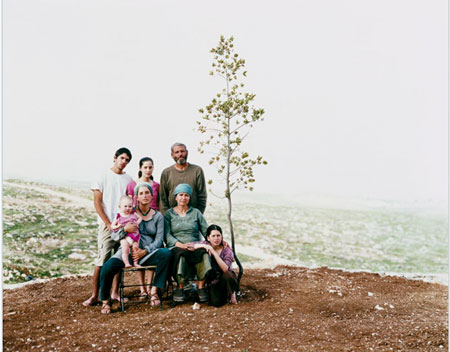
The story of Israel has been told—and retold—through photographs by photojournalists, artists, bloggers and even tourists. Yet French photographer Frédéric Brenner was sure that he could convey the story of Israel in a new way, from an outsider’s perspective.
In 2006, he invited a group of internationally acclaimed photographers to join him on an extensive photo shoot of Israel and the West Bank. His goal was to spark fresh conversations about one of the world’s most documented locations. The result is This Place—a multifaceted project that includes a traveling exhibition, a series of companion publications and an extensive website.
It is a project where you have 12 different perspectives from 12 artists who have reinvented their own grammar and syntax of Israel as a place and metaphor,” said Brenner.
The exhibit, which is currently at the Norton Museum of Art in West Palm Beach, Florida, through January 15, 2016, and will open at the Brooklyn Museum on February 12, features selected works from each artist. It includes hundreds of photos—from postcard-size prints to images that cover an entire wall. There are aerial photos of the desert, portraits of Jewish families in the West Bank, views of Palestinian refugee camps, photos of Israeli terror victims, cutting-edge tech labs and snapshots of everyday life.
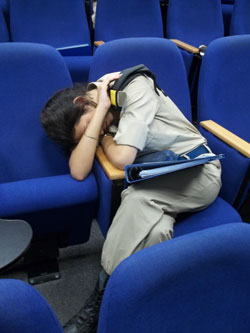
The photographers who took part in This Place are a varied bunch and include Brenner; Wendy Ewald, an American conceptual artist and educator; Slovakian cinematographer Martin Kollar; Thomas Struth of Germany; Czech Josef Koudelka; Canadian Jeff Wall; Jungjin Lee from South Korea; New Yorkers Rosalind Fox Solomon, Fazal Sheikh and Stephen Shore; French-born Gilles Peress; and Nick Waplington, who was born in England.
Each spent several months in Israel and the West Bank creating a series based on their artistic interests. For example, the series “Unnamed Road” by Lee includes stylized images of desert landscapes. “The land has always been changing,” Lee noted on the website, “[but]…you can feel the history of a country in the land.”
Koudelka’s series of panoramic black-and-white images, called “Wall,” follows the Israeli-built security barrier built along the Green Line. On the project website he called the barrier “a crime against a sacred land.”
Solomon, Waplington and Ewald explored the communities that define the country. Waplington, who lived in Israel for two years while working on the project, traveled to over 200 settlements in the West Bank to take portraits of Jewish families. Ewald included photographs taken by her subjects in her series. Her collages of small color photographs reflect 14 distinct groups, from schoolchildren in Nazareth to high-tech workers in Tel Aviv.
“As a survey project, This Place is essentially unprecedented,” said Jeff Rosenheim, curator in the Department of Photographs of New York’s Metropolitan Museum of Art.
Both Shore and Brenner echoed the project’s theme of reflecting diversity. Shore used different photographic techniques in images of varied subjects to “allude to the complexity of Israeli life,” he said.
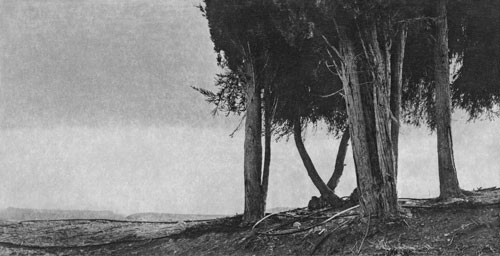
Brenner famously spent more than 25 years photographing the Jewish diaspora. His series for this project, “An Archeology of Fear and Desire” is a mosaic of Israeli society—from portraits of four kibbutz women who grew up in a communal children’s home, to the terrorism-scarred Hatuel family, to images of a Jewish family of goatherders in the Judaean Hills.
Brenner was born in Paris in 1959 and holds a master’s degree in social anthropology. He modeled This Place on historical projects like the AR Photographic Mission, a French commission that recorded the French landscape of the 1980s, and the Farm Security Administration/Office of War Information in America, which produced iconic images of society during the Great Depression.
In 2006, Brenner invited the photographers on an exploratory mission that included a tour and meetings with scholars in Israel such as Clinton Bailey, a researcher of Bedouin life; Siham Abu Awwad of The Parents Circle Families Forum, which works with bereaved Israeli and Palestinian families; and Yossi Klein Halevi, American-born Israeli author. The photographers later returned between 2009 and 2014.
I first came to Israel in 1971 for several weeks with my husband,” said Solomon, who with Shore and Brenner are the only Jews among the photographers. “Participating in the project gave me an opportunity to experience the present Israel.”
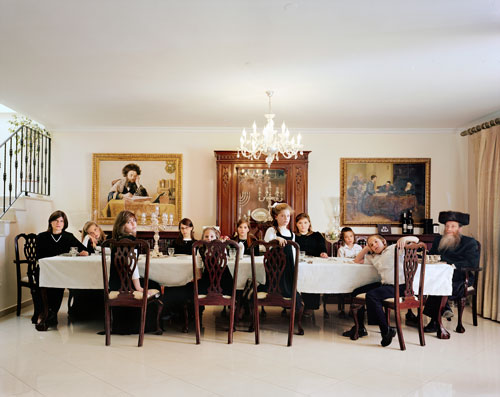
When traveling in Israel, Solomon chose to ride the bus to meet the people she would photograph. Her intimate portrait series “THEM” includes Israelis, Palestinians, foreign workers and Christian pilgrims and highlights the country’s ethnic diversity. Her goal was to understand how these groups interact and relate to this place.
“Due to the constant emphasis on defining political issues,” she said, “Israel is one of the most stressful and chaotic places in the world. I feel sad and sorry about the immense schisms between people in Israel.”
While Solomon was pleased to receive Brenner’s invitation, Fazal Sheikh, who documents marginalized communities around the world and came to prominence with his work in refugee camps in Kenya, wanted to spend time in Israel on his own before accepting Brenner’s proposal.
He has since returned to the area numerous times. His series, “The Erasure Trilogy,” is three distinct but related series that explore “questions of memory and loss and the deeply human patterns of suppression and the struggle to remember.”
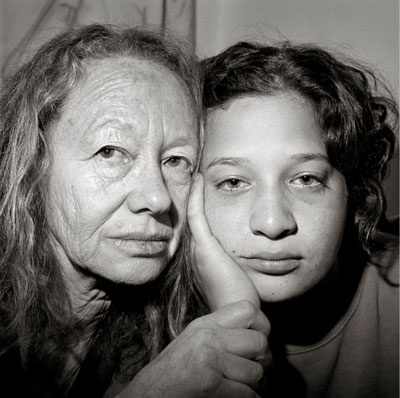
“Desert Bloom,” a series within the trilogy, is made of 48 aerial photographs of the Negev Desert. It documents Bedouin communities living in the arid region and looks at the underbelly of David Ben-Gurion’s famous vision of making the desert bloom. “We often hear about the extraordinary way in which the land has been transformed but we don’t hear about the secondary impacts of that transformation,” said Sheikh, referring to the way the area has been changed by years of militarization, afforestation and construction.
While there is no shortage of local photographers snapping worthy frames in Israel and the West Bank, Brenner felt employing parole poetique—poetic expression—was the only way to offer a fresh view of the land and its people.
The difficulty, Brenner said, is whether exhibition viewers “will have the courage to question the narratives and the devouring myths that are the very anchor of our civilization.”
“It is possible,” said Sheikh, “that an outsider can impart something about a country that insiders are maybe not able to.”
Milly Ada Abraham lives in Israel and writes about creativity and culture.










 Facebook
Facebook Instagram
Instagram Twitter
Twitter
Leave a Reply